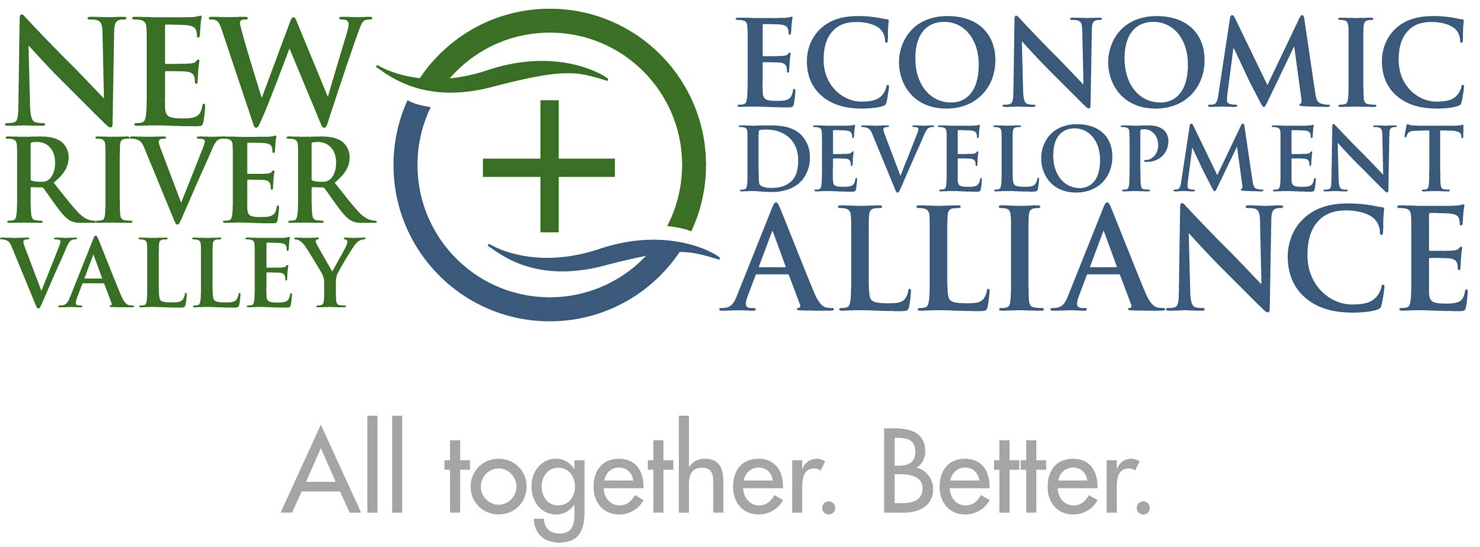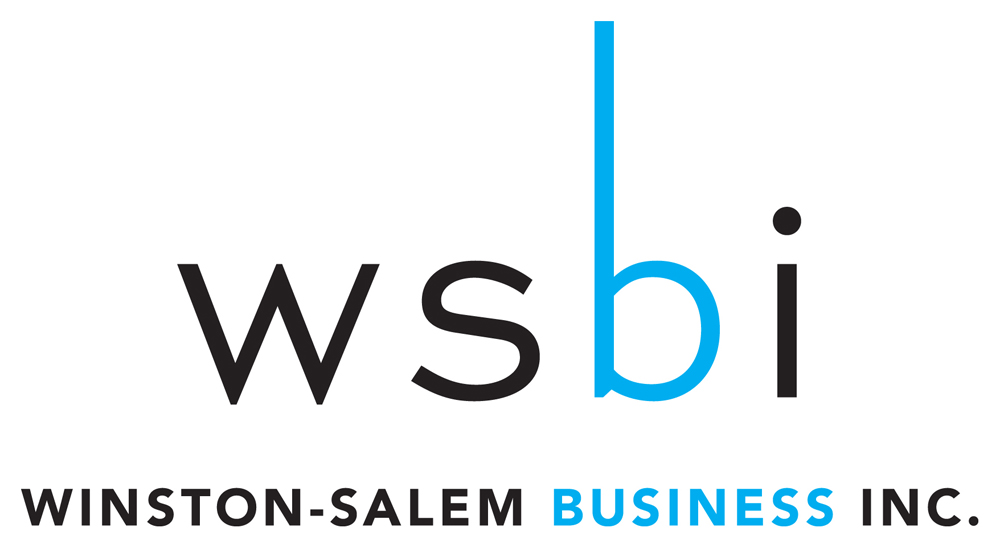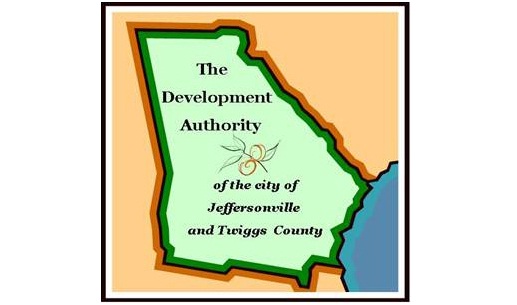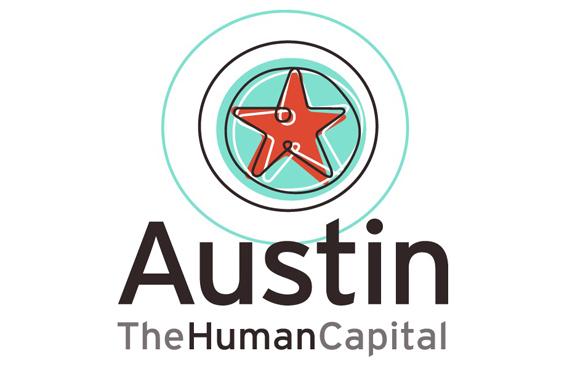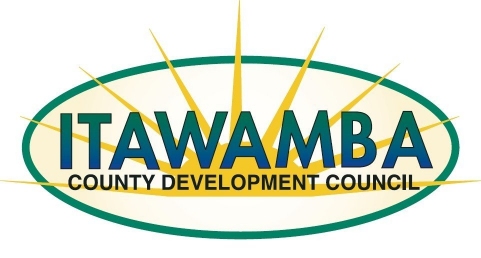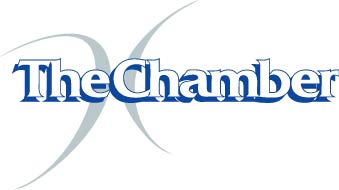- HOME
- U.S. BUSINESS DEVELOPMENT TIPS
- Business Operations
- Arranging Insurance in the US
U.S. BUSINESS DEVELOPMENT TIPS
 Recommended Communities
Recommended Communities
New River Valley Economic Development Alliance Virginia's New River Valley is centrally located on the East Coast on I-81 and is the home of VA Tech, Radford University, and New River Community College |
|
Winston-Salem is a diverse and progressive community within a region that is rich in a multitude of resources for helping companies succeed. |
Development Authority of Jeffersonville and Twiggs County Twiggs County is the geographical center of Georgia along Interstate-16 between Atlanta and the Georgia ports and offers over 500acres in the new I-16 Industrial park |
Arranging Insurance in the US
The undertaking of setting up a new US based business can bring with it numerous challenges. Arranging insurance is just one of the many parts of this process that, due to the litigious nature of the United States, can seem overwhelming at first. However, with proper planning this doesn’t necessarily have to be the case.
Let’s take a look at the 8 basic stages of setting up a new US based business and how insurance works during each stage:

Stage 1: Purchase of land & setting up a temporary office
From an insurance standpoint, the main coverage needed at this point is third party liability, namely general liability and umbrella insurance. General liability covers the liability that arises just by doing business by covering those costs that the business is legally obligated to pay due to bodily injury, property damage or financial loss to others. In addition, umbrella insurance can provide an additional layer of coverage on top of this to provide higher limits for catastrophic losses.
Stage 2: Arrival of ex-pats to the US
With the arrival of the first foreign staff to the US, necessary coverages at this point are more personal in nature, comprising of overseas injury insurance, personal auto, tenant/homeowner and personal umbrella liability insurance to cover individual ex-pats and their families, rather than the company. Seeing as most US states require some sort of auto liability insurance in order to operate a vehicle, this is especially critical.
Stage 3: Start of construction
Once construction begins, the next coverage needed is builder’s risk insurance. This is a temporary type of insurance that protects against loss of or damage to a building / worksite while under construction. Depending on the policy, it can provide coverage for fire, theft of materials and damage to neighboring property.
Stage 4: Purchase of company vehicles
With construction underway, the need for company cars and subsequent coverage soon presents itself. Due to the fact that automobile insurance in the US covers the vehicle regardless of the driver, in the event of an accident it is always better for employees to drive company cars as:
a) commercial auto policies normally carry higher limits
b) commercial umbrella insurance provides a further layer on top of the automobile limits for catastrophic losses.
Conversely, if an employee is driving a personal vehicle while on company business and involved in an accident, primary liability for any damages will be covered by that employee’s personal automobile insurance, with commercial auto liability and umbrella taking care of anything beyond the initial personal limits.
Stage 5: Hiring of local employees
1. Workers’ compensation insurance in the US is mostly handled privately by insurance companies and not the federal government or states (exceptions to this are North Dakota, Ohio, Washington & Wyoming, where workers’ compensation programs are controlled by a state designated entity). Regardless of the state however, workers’ compensation programs are mandatory (i.e. employers who fail to purchase this coverage are subject to steep fines) and give employees injured on the job the right to medical care and in certain instances, monetary compensation for temporary and permanent disability.
2. Employee health insurance coverages (medical, dental, vision, etc) are also extremely important issues to consider and plan for at this time.
Companies need to arrange health insurance through private insurance companies. Presence or absence of medical insurance for employees is very conscious benefits as well as salary. Development of health insurance as a benefit plan is a very important point.
3. In addition, executive liability coverages such as directors & officers (management errors & omissions), fiduciary (pension related) and employment practices liability (wrongful termination, discrimination, sexual harassment, etc) are also available.
Stage 6: Machinery delivery
When delivering machinery, you must have inland marine insurance. Inland marine insurance covers machinery against damage during transportation. Usually the sellers of machinery insure inland marine insurance. In some cases, the buyers of machinery insure inland marine insurance. Please check well in advance whether there is insurance or not.
Stage 7: Building & machinery setup completion
With the completion of construction, property insurance and machinery insurance are next in line of importance. Property insurance protects against physical damage to company property (both the building and the contents inside it) due to fire, wind, lightning and other hazards. A host of options available include coverage for earthquake, flood and business interruption. Machinery insurance covers machinery against unforeseen, sudden accidental physical loss or damage caused by carelessness, electrical disruptions, failure of safety devices, manufacturing defects, overheating and more. In addition, this insurance can provide business interruption coverage while the machine in question is out of service.
Stage 8: Start of operations
The final insurance item to consider once the facility is up and running is product and completed operations liability. While this coverage can be expensive depending on the product or service insured, it covers the manufacturer's or seller's liability for losses or injuries to a buyer, user or bystander caused by a defect or malfunction of the product, and, in some instances, a defective design or a failure to warn.

Loyalty Group Insurance Service
www.lgisinc.com
TEL: 859-817-2300

